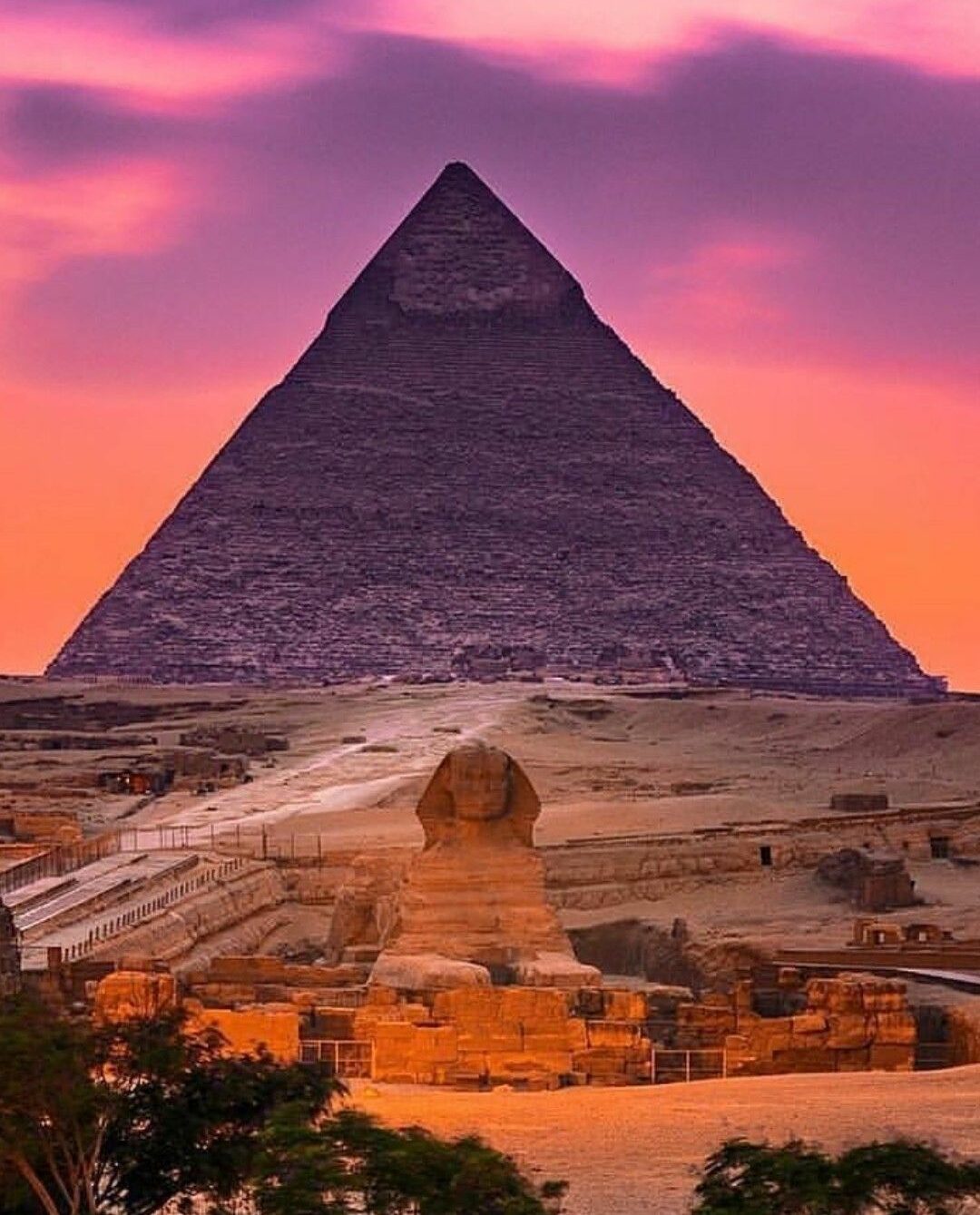Unveiling the Mystery of the Pyramids: A Journey to Ancient Egypt
Few monuments are as well-known as Egypt’s pyramids when it comes to ancient wonders. For millennia, humans have been fascinated with pyramids, and their sheer size and complexity continue to inspire awe. For ages, these ancient monuments in the desert beside the Nile River have captivated people’s imaginations, and travelers continue to flock to Egypt to view them in person.
The Pyramids of Giza
The most well-known pyramids are those at Giza, in modern-day Cairo. The Great Pyramid, the Pyramid of Khafre, and the Pyramid of Menkaure are all part of the Giza complex. The Great Pyramid is the tallest, measuring about 147 metres tall, and it is thought that it took approximately 20 years to construct. The Giza complex also comprises a number of lesser pyramids, temples, and other structures, making it a fascinating place to visit.

There are numerous ideas as to how the ancient Egyptians constructed the pyramids. Some believe they were built by aliens or with extraordinary technology, while others believe they were built with simple tools and a lot of people. Most scientists think that the pyramids were most likely built by teams of laborer’s utilizing techniques lost to history.
Ancient Egyptian Religion and the Pyramids
The pyramids were built during the time of the ancient Egyptians, a religious society. Egyptians believed in gods and goddesses who controlled many aspects of the world, and they believed that Egypt’s rulers, or pharaohs, were divine creatures. The pyramids served as tombs for the pharaohs, who were thought to become gods after death.

The pharaohs were buried with all of their riches, including food, clothing, furniture, and even pets. They were also buried with servants and other people who were supposed to help them in the afterlife. All of these goods were thought to aid the pharaohs’ journey into the afterlife and ensure their continuous well-being in the other world.
The Sphinx
The Sphinx, a statue with the body of a lion and the head of a human, is another iconic symbol of ancient Egypt. The Sphinx is located near the Giza pyramids and is thought to have been constructed about the same period as the pyramids. The statue, which rises over 20 metres tall, is thought to symbolise Pharaoh Khafre.

For generations, people have been fascinated by the Sphinx, which has become a symbol of ancient Egypt. Many people claim there are hidden tunnels or rooms beneath the statue, however there is no evidence to back this up.
Visiting the Pyramids Today
Today, the pyramids continue to draw visitors from all over the world who are enthralled by these ancient marvels. Visitors may see the Giza complex, crawl inside the pyramids, and even ride a camel across the desert. There are also numerous pyramid museums and displays where visitors can learn more about how the pyramids were built and the culture that created them.
While the pyramids remain a mystery, and much about the ancient Egyptians remains unknown, one thing is certain: these majestic monuments symbolize a culture that was both advanced and exceptional. They continue to awe and inspire us, reminding us of the tremendous accomplishments that humans are capable of when we work together to achieve a common objective.
TLDR;
The pyramids of Egypt are some of the most iconic ancient structures in the world. These structures, located near the Nile River, have fascinated people for centuries, and they continue to inspire awe today. Visitors can explore the Giza complex, climb inside the pyramids themselves, and even take a camel ride across the desert. While there is still much we don’t know about how the pyramids were built, one thing is clear: they represent an incredibly advanced civilization that was capable of remarkable feats of engineering and construction.







